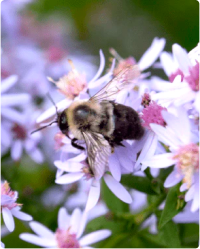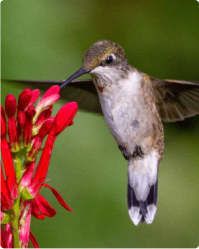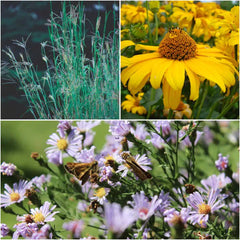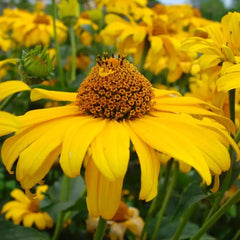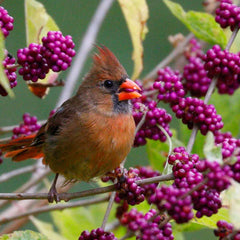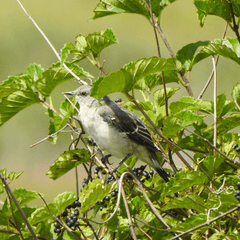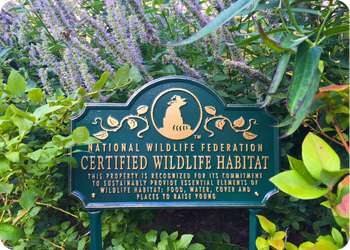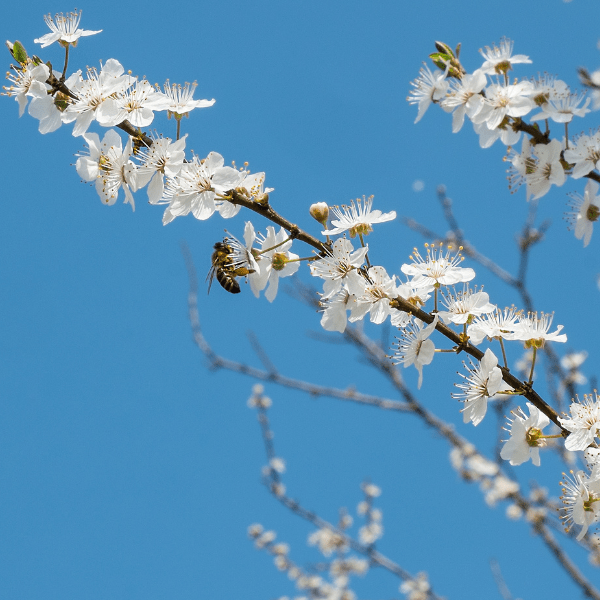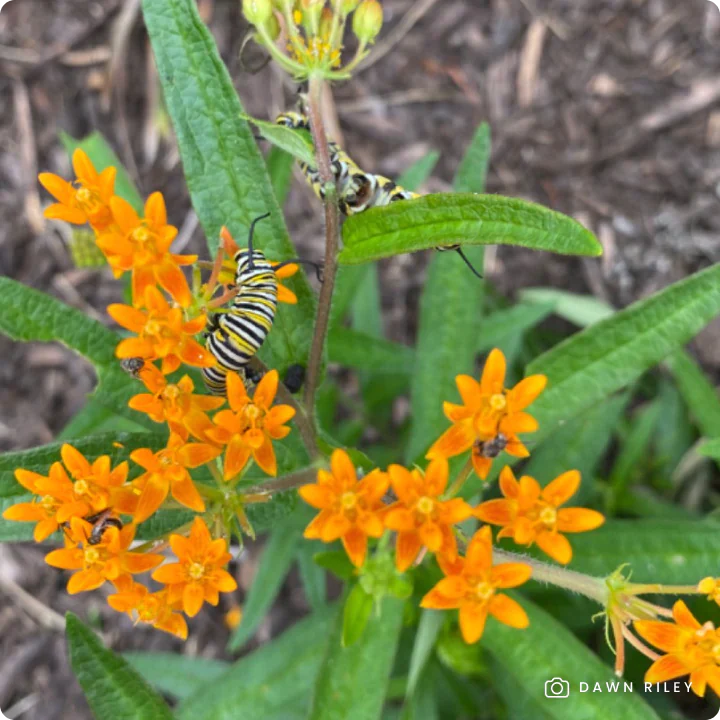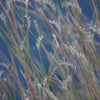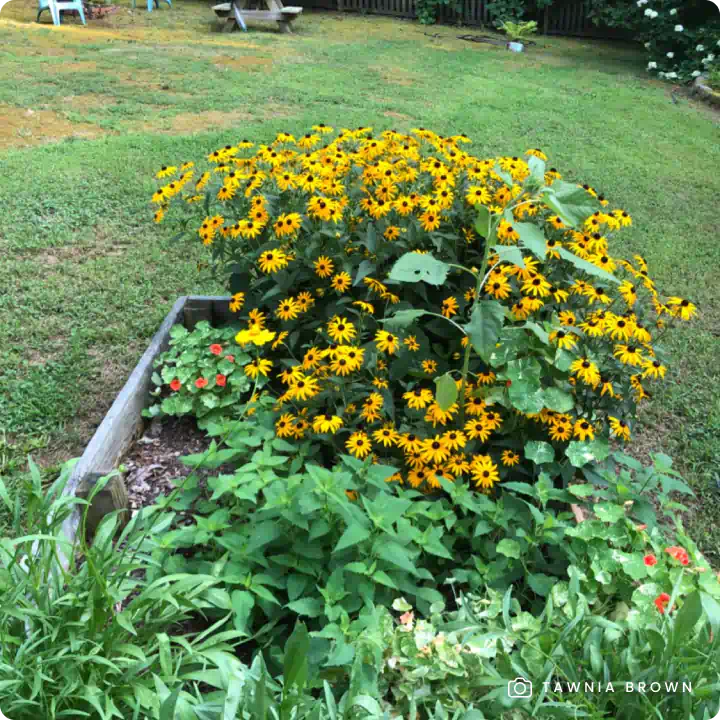Serviceberry (Amelanchier laevis), also known as Allegheny Serviceberry, is a multi-trunked deciduous shrub or small tree that provides year-round beauty and essential food for wildlife. In early spring, before its leaves emerge, it bursts into bloom with clusters of delicate white flowers, attracting bees, butterflies, and other pollinators. By summer, its sweet, edible berries transition from red to deep purple, offering a highly nutritious food source for birds and mammals.
This fast-growing shrub or small tree features smooth, slate-gray bark with striking white streaks, blue-green summer foliage, and a brilliant display of orange to red leaves in fall. A true four-season standout, serviceberry thrives in moist, well-drained soils and flourishes in woodland edges, native gardens, and pollinator-friendly landscapes.
Why Grow Serviceberry?
- Pollinator & Bird Favorite: Spring flowers provide nectar for bees and butterflies, while the berries attract songbirds, including robins, cardinals, and cedar waxwings.
- Host Plant for Butterflies & Moths: Supports the Viceroy, Red-Spotted Purple, Eastern Tiger Swallowtail, and Small-Eyed Sphinx Moth.
- Four-Season Beauty: Offers fragrant white blooms in spring, edible summer berries, vibrant fall foliage, and attractive bark for winter interest.
- Edible Berries: The sweet, blueberry-like fruit can be enjoyed fresh or used in jams, pies, and baked goods.
- Wide Tolerance: Adapts to various soil types, though it prefers moist, well-drained loam.
- Pollinator-Safe: Grown non-GMO and free of harmful neonicotinoids, promoting a healthy ecosystem for pollinators and wildlife.
Available in one-gallon containers to establish a beautiful, wildlife-friendly landscape.
Planting Tips:
- Location: Prefers part sun to part shade for best flowering, but tolerates full shade. Thrives in moist, acidic, well-drained soils, though it does not tolerate drought well.
- Watering: Water regularly during the first growing season to establish roots. Keep soil evenly moist, especially in dry spells.
- Spacing & Planting: Space plants 15-20 feet apart when grown as a small tree. For shrub borders or hedges, plant closer together for a naturalized look.
- Maintenance: Minimal care required. If desired, prune in late winter or early spring to shape the plant. Mulch around the base to retain moisture and suppress weeds.
For more information on planting, view our How to Plant Your Native Plants guide and other planting tips in the Garden for Wildlife Learning Center.
Plant Serviceberry and enjoy stunning seasonal changes, delicious fruit, and a habitat that supports butterflies, birds, and pollinators!

